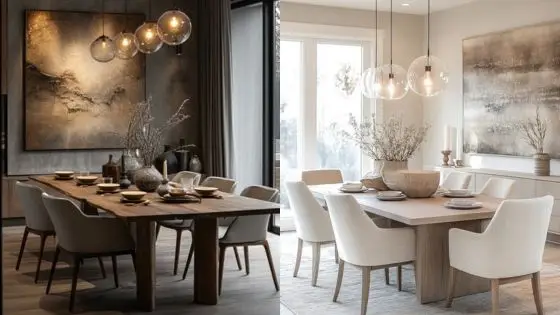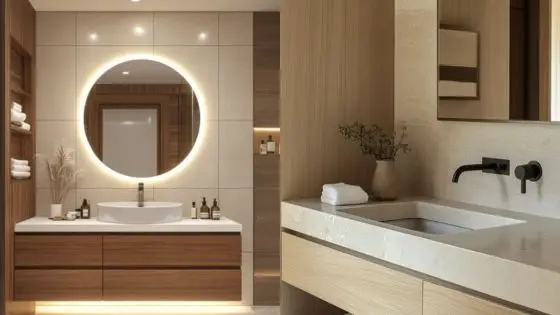In today’s fast-paced world, the need for relaxation has never been more important. With busy schedules, constant connectivity, and the demands of everyday life, creating restful spaces within our homes is crucial for mental and physical well-being. Thoughtful choices for ultimate relaxation are not just about plush furniture or soothing colors; they’re about designing spaces that promote peace, calm, and rejuvenation. Focusing on these elements can transform a home into a sanctuary where stress melts away, allowing you to recharge and find balance in a busy world. In this post, we’ll explore why every modern home needs to prioritize restful spaces and how to create them effectively.
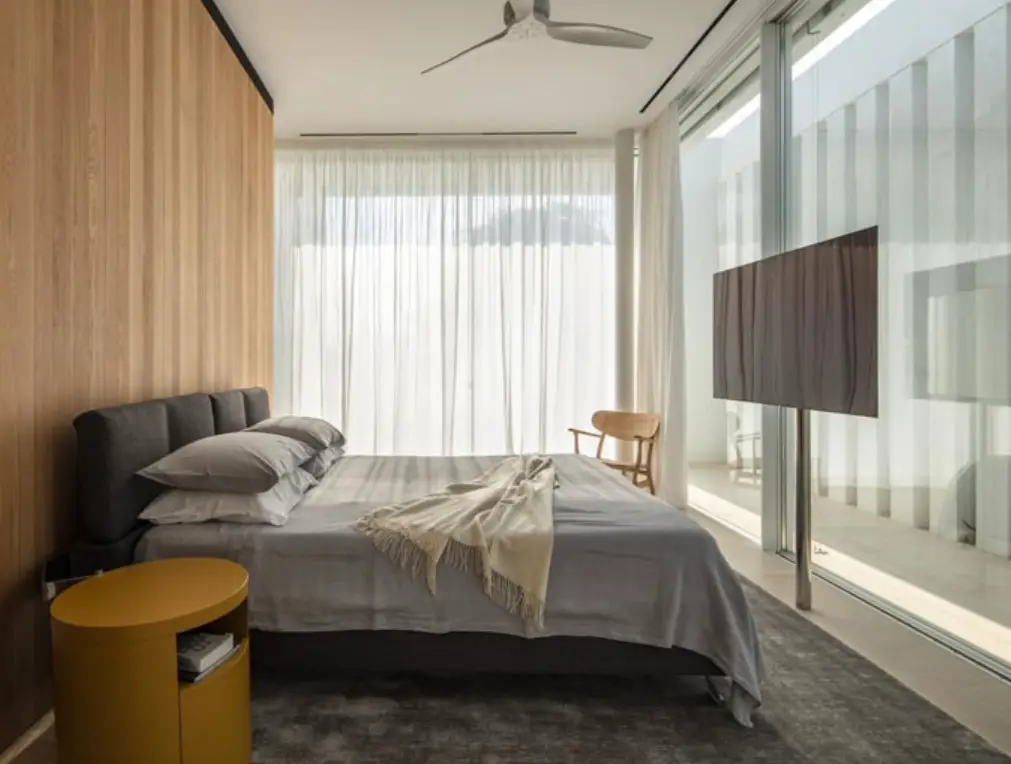
The Importance of Restful Spaces in Modern Homes
Restful spaces go beyond aesthetics—they provide the mental and physical comfort needed for true relaxation. In a time where burnout and stress are rampant, creating environments that nurture your well-being is essential. Restful spaces contribute to a calmer mind, improved sleep quality, and a healthier lifestyle overall. The importance of designing these spaces lies in their ability to promote relaxation and mindfulness, which are key to mental clarity and emotional stability.
As modern homes have evolved, the concept of relaxation has become a cornerstone of interior design. The spaces we create within our homes should not just serve functional purposes, but also cater to our mental and emotional needs. Restful spaces encourage a deeper connection with ourselves and our surroundings, allowing us to step away from the chaos of the outside world and recharge.
Elements That Contribute to a Restful Space
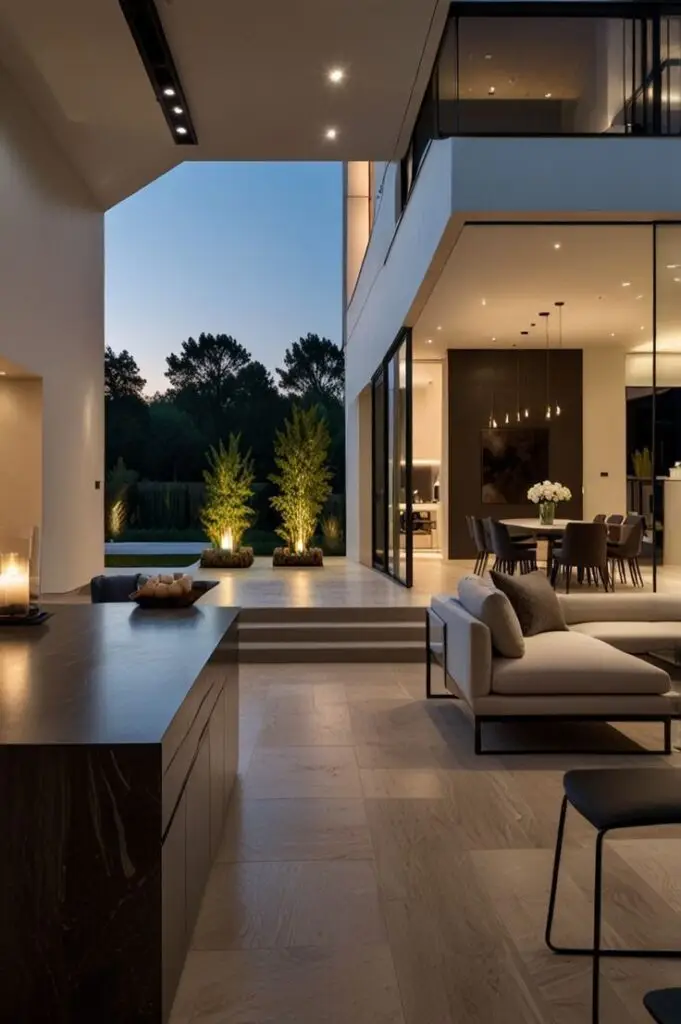
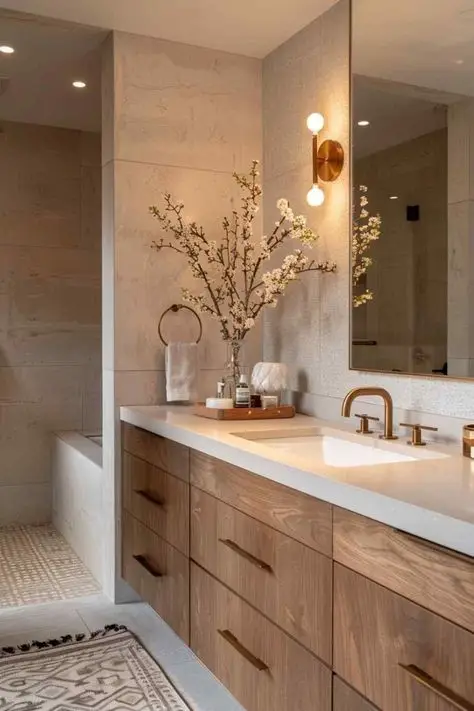
To create the perfect restful space, several key elements should be considered. Here are a few that contribute to the overall sense of tranquility in your home:
1. Natural Light
One of the most important elements in creating a restful space is natural light. Natural light helps regulate your circadian rhythm, which is vital for maintaining a healthy sleep-wake cycle. A home with ample natural light can promote mood stability and energy levels throughout the day. Consider placing windows strategically, using sheer curtains that let light flow in, and positioning furniture to maximize sunlight.
2. Soothing Colors
Color has a profound effect on mood and emotions. To create restful spaces, opt for soft, calming colors like pastel blues, muted greens, and neutral tones. These shades have been shown to promote relaxation and calmness. A bedroom or living room with cool, earthy tones will provide a serene atmosphere, perfect for winding down after a busy day. Avoid overly bright or bold colors in these spaces, as they can create a sense of restlessness and overstimulation.
3. Comfortable Furniture
Furniture plays a major role in the comfort level of a space. Thoughtfully selected furniture can enhance the overall sense of relaxation in your home. Whether it’s a plush sofa for your living room, a cozy armchair by the window, or a luxurious bed in the bedroom, comfortable furniture allows you to rest and recharge. Choose pieces that prioritize comfort without sacrificing style. A cozy, inviting space is essential for mental well-being.
4. Quiet and Noise Reduction
A quiet environment is crucial for relaxation, especially in spaces dedicated to rest. Noise pollution can affect our stress levels and disrupt sleep. To create restful spaces, think about soundproofing or incorporating noise-reducing materials like thick carpets, plush curtains, and upholstered furniture. Additionally, you can add soft background sounds like nature sounds or white noise to promote relaxation.
5. Plants and Natural Elements
Bringing nature indoors has numerous benefits, including improved air quality and a sense of tranquility. Incorporating indoor plants, such as peace lilies, snake plants, or succulents, adds a calming touch and enhances the aesthetic of any room. Plants help purify the air, reduce stress, and provide a sense of connection to the natural world, which is essential for maintaining relaxation and calm.
6. Personalization and Comfort
A restful space should reflect your personal style and needs. Creating a space that resonates with your unique preferences and comfort is essential. Incorporate soft textures like plush throw blankets, comfortable pillows, and cozy rugs. Choose artwork, photographs, or decor items that inspire joy and peace. Personalized touches make a room feel like a retreat—a place where you can truly relax and be yourself.
Creating Restful Spaces in Key Areas of Your Home

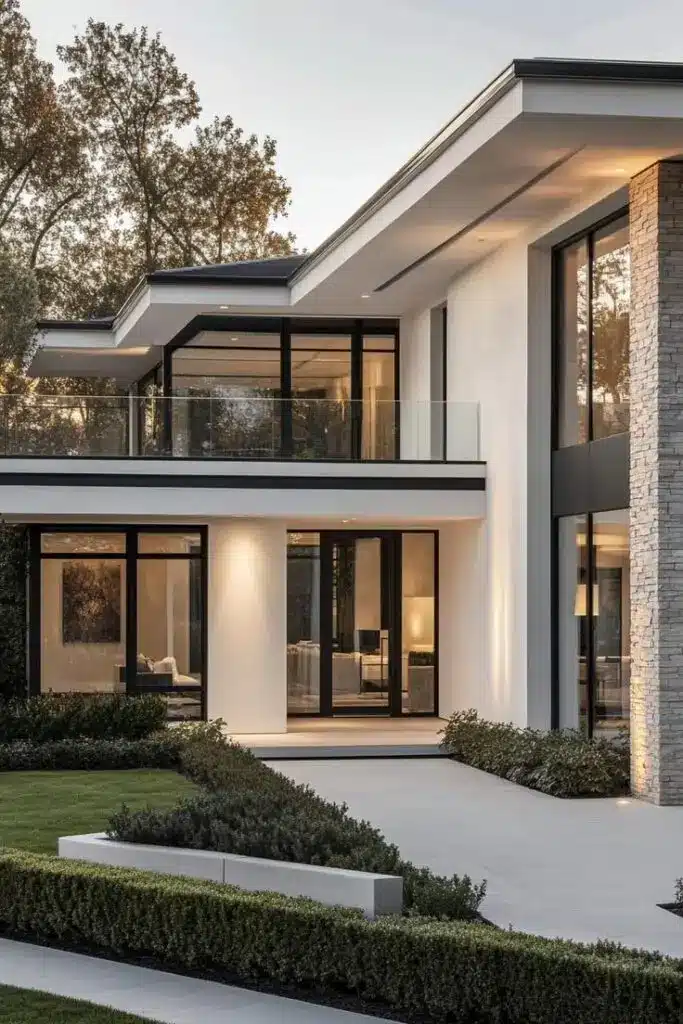
Different areas of your home require different approaches to creating restful spaces. Here’s how to focus on specific rooms:
The Bedroom: Your Sanctuary for Restful Sleep
The bedroom is perhaps the most important space for relaxation, as it directly affects your sleep quality. Invest in a high-quality mattress that suits your sleeping position and comfort preferences. Opt for soft, breathable bedding, and choose calming colors for the walls and decor. Make sure the bedroom is free from distractions like electronics or clutter, which can disrupt your sleep.
Consider using blackout curtains to keep the room dark, promoting better sleep. Add a calming scent, such as lavender or chamomile, with essential oils or candles to create a peaceful atmosphere.
The Living Room: A Place for Rest and Connection
The living room is where you spend time with family and friends or unwind after a busy day. Create a comfortable seating area with plush sofas and chairs, and consider adding soft lighting to create a relaxed atmosphere. Use natural materials like wood and stone to bring warmth and comfort to the space.
Incorporating cozy throws and pillows will make the space inviting and restful. A calm, minimalist approach to furniture placement and decor can help avoid clutter and promote a sense of order and tranquility.
The Bathroom: A Spa-Like Retreat
Your bathroom can easily become a space for rest and rejuvenation. Transform your bathroom into a spa-like retreat by focusing on soft lighting, relaxing scents, and calming colors. Consider investing in a deep soaking tub or a rainfall shower to create a sensory experience that promotes relaxation. Add plush towels and bath mats, as well as plants, to enhance the tranquil vibe.
The Home Office: A Place for Productive Relaxation
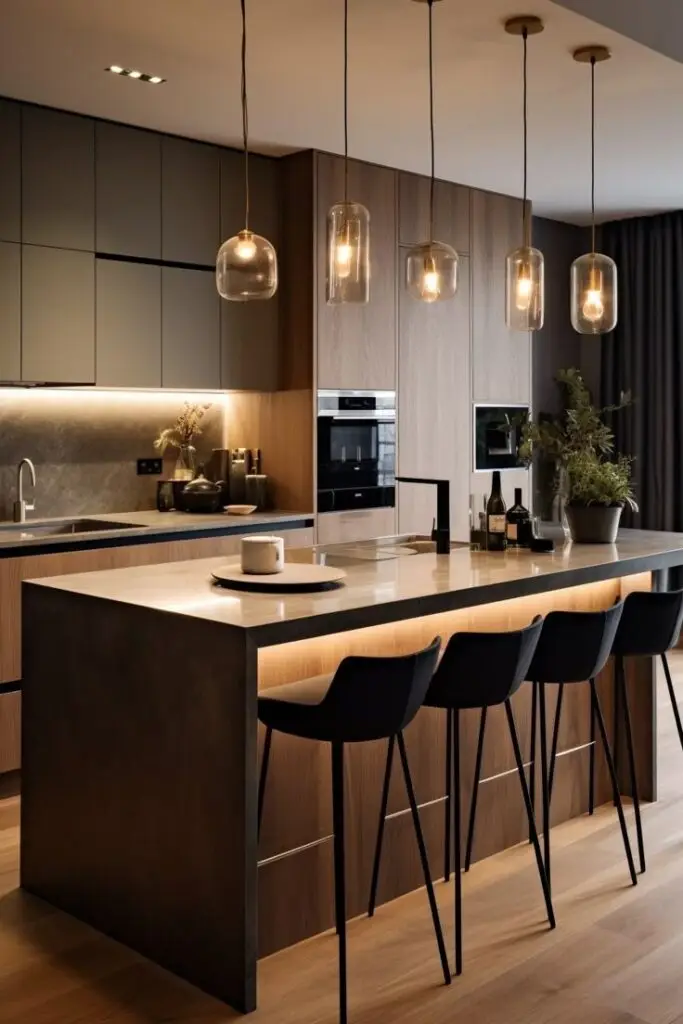

Even in spaces designed for work, creating a restful environment is essential. A clutter-free desk, ergonomic chair, and calming colors can help reduce stress during work hours. Incorporate plants or soothing background music to help maintain focus and productivity without feeling overwhelmed.
Conclusion
A modern home should be a haven—a place where you can rest, relax, and recharge. By focusing on creating restful spaces, you’re not only enhancing the aesthetic appeal of your home but also investing in your well-being. Thoughtful choices for ultimate relaxation, such as soothing colors, comfortable furniture, and natural light, can help create a sanctuary that promotes peace and mental clarity. Whether it’s a bedroom, living room, bathroom, or office, every space in your home can be designed to nurture relaxation and tranquility. Prioritizing restful spaces will lead to a more peaceful, balanced, and healthy lifestyle, making your home the perfect retreat from the outside world.
- 19shares
- Facebook0
- Pinterest19
- Twitter0
- Reddit0

